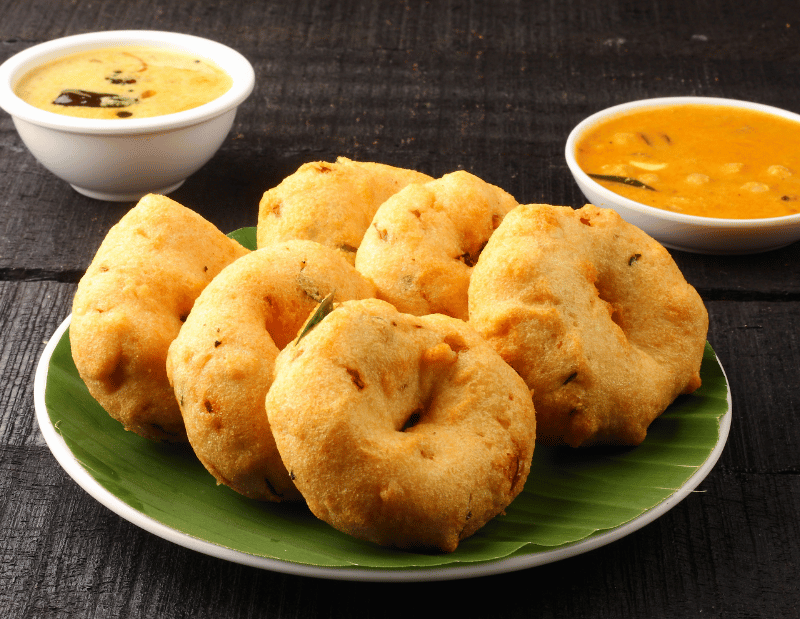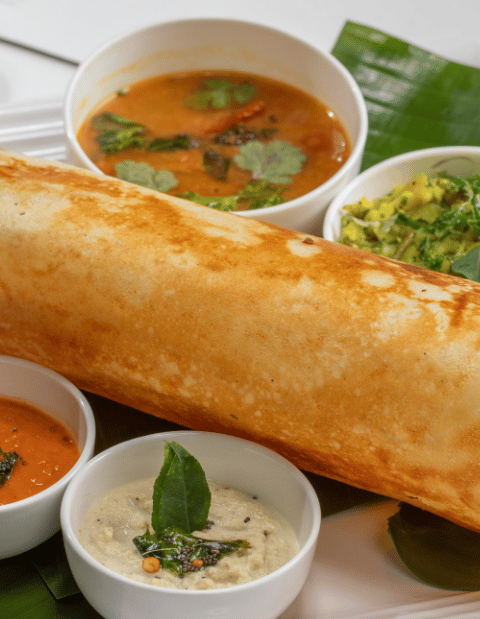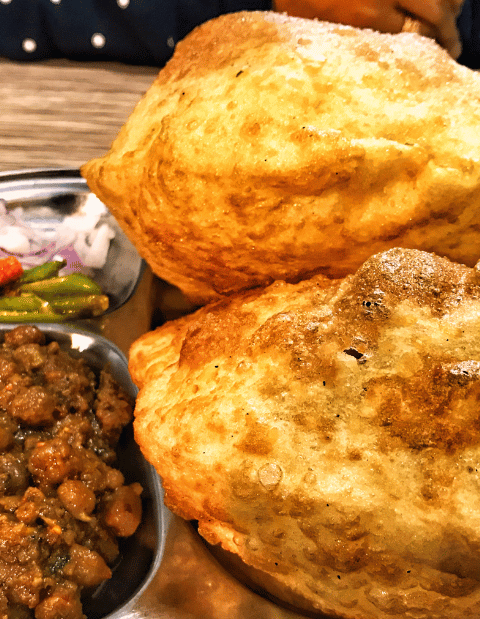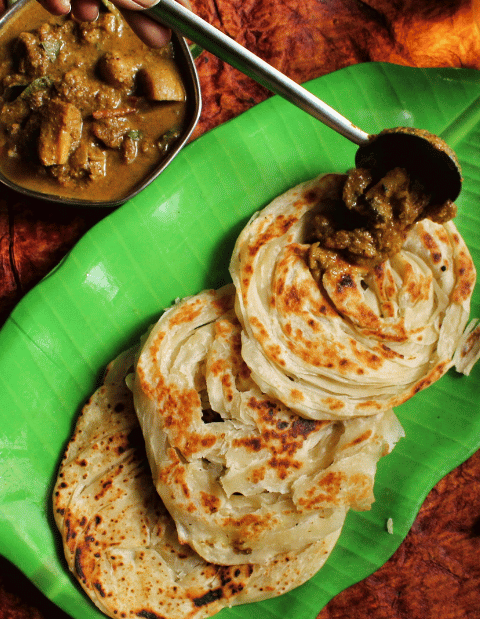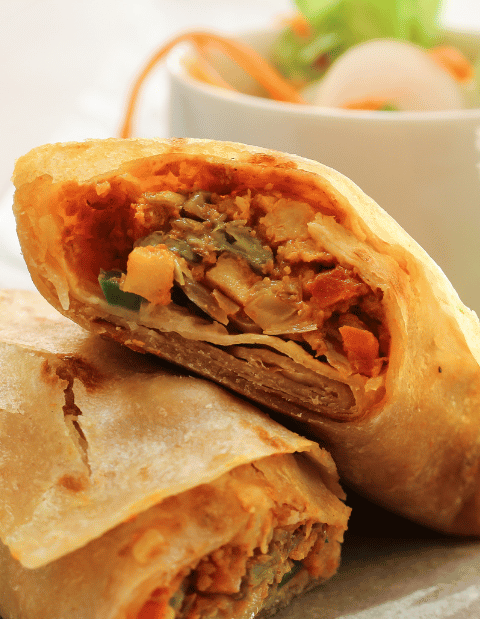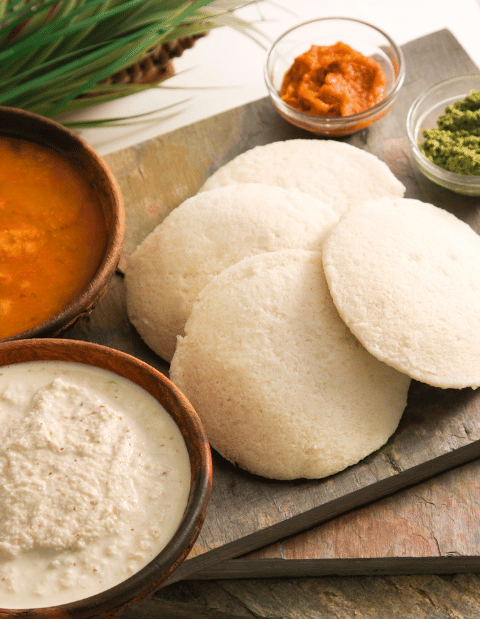The Origins of Vada: Tracing Back the Roots
India’s culinary landscape is a mosaic of flavors and textures, and among its most cherished delights is the Vada. This savory fried snack, often referred to as ‘vadai’ in South India, has a history that intertwines with India’s cultural and culinary heritage. Vada is believed to have originated in South India, where it has been a staple for centuries. The earliest mention of something similar to vada can be found in ancient Tamil literature, showcasing its deep roots in Indian cuisine.
Vada Varieties: A Diverse Spectrum of Flavors
The versatility of vada lies in its various forms. Each region in India offers its own unique twist to this classic dish. Some of the most popular types include:
- Medu Vada: A doughnut-shaped, crispy vada made from urad dal (black lentil) batter. It’s a staple in South Indian households, especially during breakfast.
- Masala Vada: Made from chana dal (split chickpeas), this variant is flavored with fennel seeds, green chili, and onion, giving it a distinct taste.
- Dahi Vada: Soft vadas soaked in creamy yogurt and topped with spices and chutneys. It’s a popular choice in North India.
- Batata Vada: Hailing from Maharashtra, this version includes a spicy potato filling and is a key component of the famous ‘Vada Pav’.
The Art of Making Vada: A Step-by-Step Guide
Creating the perfect vada is an art that requires patience and practice. Here’s a simplified guide to making the classic Medu Vada:
- Soaking and Grinding: Soak urad dal overnight and grind it to a fine, fluffy batter.
- Seasoning: Add finely chopped onions, green chilies, curry leaves, and salt to the batter.
- Shaping: Wet your hands and shape the batter into doughnut-like rounds with a hole in the middle.
- Frying: Deep fry in hot oil until golden brown and crispy.
Nutritional Value: A Healthy Treat?
Vadas are not only delicious but also packed with nutrition. Urad dal, the primary ingredient in many vada recipes, is rich in protein, fiber, and vitamins. However, since vadas are deep-fried, moderation is key to enjoy this snack healthily.
Vada in Indian Culture: More than Just Food
In India, vada isn’t just a snack; it’s a part of the cultural fabric. It’s a common offering to deities in temples, especially during festivals and auspicious occasions. Additionally, vada is a symbol of hospitality, often served to guests and at gatherings, signifying warmth and generosity.
Pairing Vada with Other Dishes: A Culinary Harmony
Vada is often enjoyed with a variety of accompaniments. Some popular pairings include:
- Sambar: A flavorful lentil-based vegetable stew, often served with Medu Vada.
- Chutneys: Coconut, mint, and tamarind chutneys are common condiments that enhance the flavor of vadas.
- Tea or Coffee: Vadas are a popular snack to enjoy with a hot cup of Indian tea or coffee.
Vada around the World: Global Appeal
The popularity of vada has transcended Indian borders, finding a place in the hearts of food enthusiasts worldwide. From Indian restaurants in major cities to fusion food trucks, vada’s appeal is universal.
DIY Vada: Tips for Home Cooking
Making vada at home can be a delightful experience. Here are some tips to ensure they turn out perfect:
- Consistency of Batter: The batter should be thick and airy to ensure crisp vadas.
- Temperature of Oil: Make sure the oil is hot enough so that the vadas don’t absorb too much oil and become greasy.
- Experiment with Flavors: Don’t hesitate to add your twist to the traditional recipe with additional spices or ingredients.
Conclusion: Celebrating the Legacy of Vada
Vada is more than just a snack; it’s a testament to India’s rich culinary tradition and its influence on global cuisine. Whether it’s the crispy Medu Vada from the South or the flavorful Batata Vada from the West, each bite takes you on a journey through India’s diverse culinary landscape. Embracing both tradition and innovation, vada continues to be a beloved snack for many around the world.

